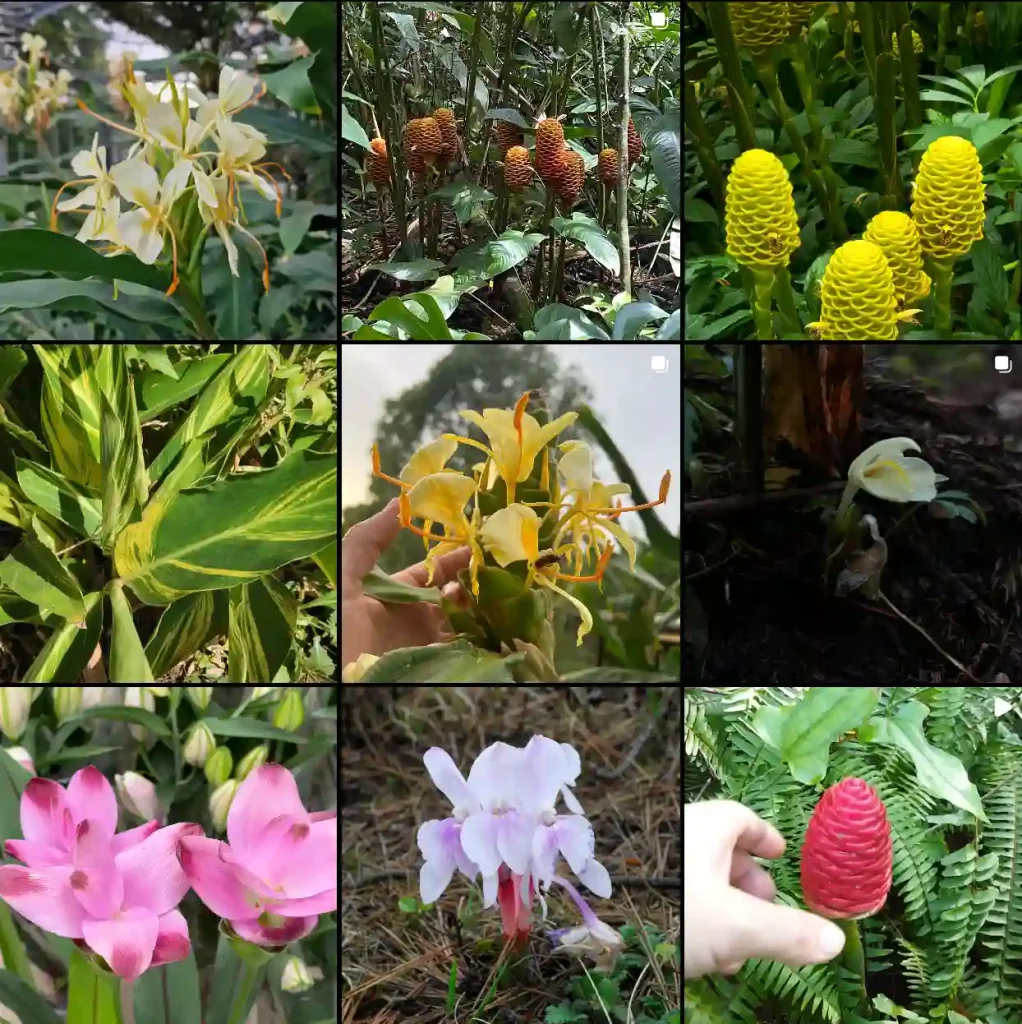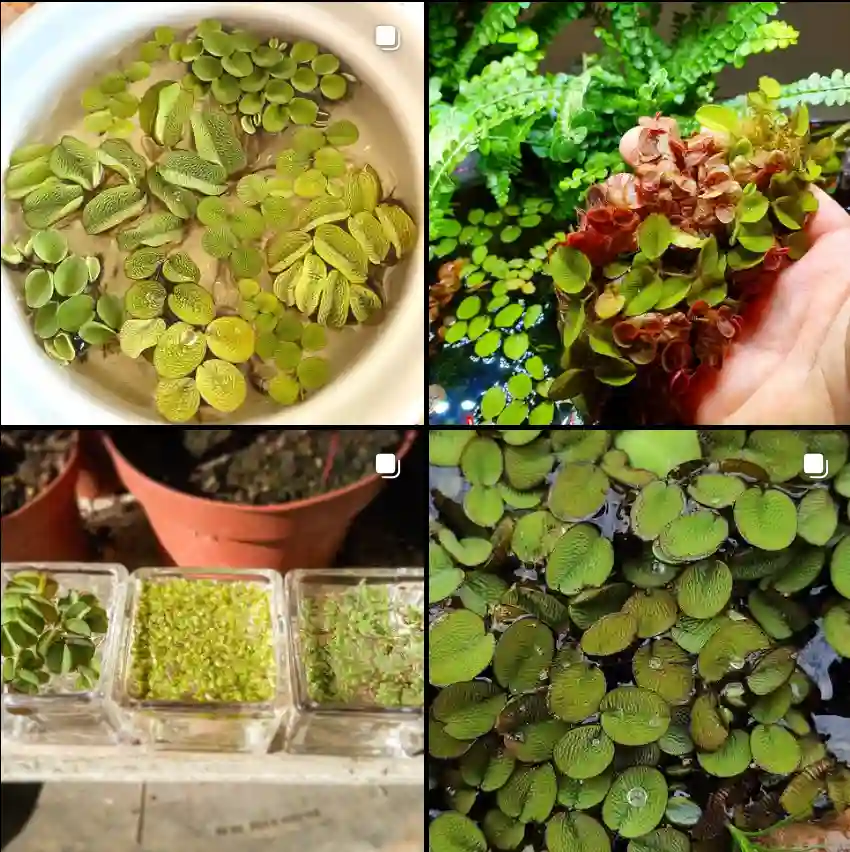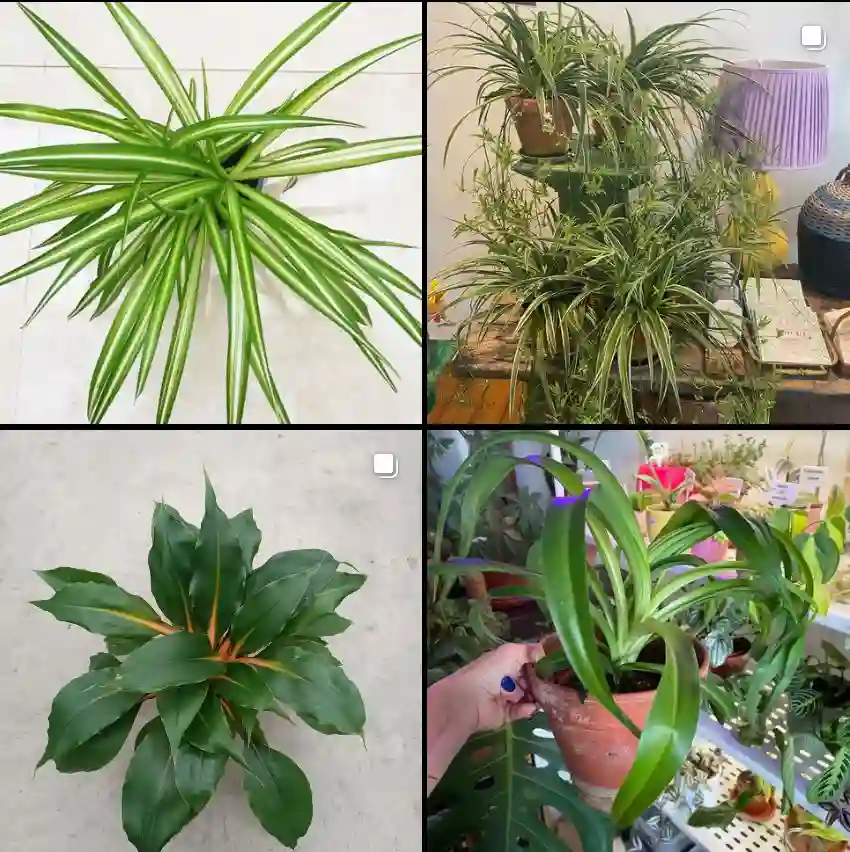Summer in Paradise Hibiscus: A Burst of Color for Your Garden
The summer sun beats down, the days stretch long, and the urge to transform your outdoor space into a vibrant oasis intensifies. This year, why not add a touch of the tropics with the stunning Summer in Paradise Hibiscus? This perennial flower isn’t just beautiful – it’s surprisingly easy to care for and brings a burst of color that lasts throughout the hottest months.
Having spent countless summers nurturing my own garden, I’ve fallen head over heels for the Summer in Paradise Hibiscus. Its fiery cerise red blooms, reaching a majestic 7-8 inches in diameter, are a showstopper. The contrast with the deep green, maple-like leaves edged in olive creates a truly captivating display. But beyond aesthetics, this hibiscus offers several advantages for the home gardener.
439 Species in Genus Hibiscus
What is Summer in Paradise Hibiscus?
The Summer in Paradise Hibiscus, also known as Rose Mallow, is a herbaceous perennial native to North America. Despite its tropical flair, it thrives in a variety of climates, making it a versatile addition to many gardens. This fast-growing plant boasts a bushy habit, reaching a mature height of 3-4 feet. The true magic lies in its continuous bloom time, gracing your garden with those mesmerizing flowers from midsummer all the way to early fall.
How to Care for Summer in Paradise Hibiscus?
For the Summer in Paradise Hibiscus to truly flourish, providing the right environment is key. Here’s what you need to know:
- Sun: This hibiscus thrives in full sun. Aim for at least 6-8 hours of direct sunlight daily to ensure vibrant blooms and lush foliage. Partial shade might be tolerated in hot western climates, but expect less vibrant flowers.
- Soil: Well-drained soil is crucial. Amending your existing soil with compost or other organic matter can help achieve the ideal drainage. The hibiscus tolerates slightly acidic soil, so no need for extensive pH adjustments.
- Watering: Consistent moisture is essential, especially during the hot summer months. Aim to keep the soil evenly moist, but avoid waterlogging. A good rule of thumb is to water deeply when the top inch of soil feels dry to the touch.
- Feeding: While not strictly necessary, a balanced fertilizer applied once a month during the blooming season can encourage even more vibrant flowers. Opt for a water-soluble fertilizer formulated for flowering plants.
- Deadheading: To prolong the blooming period and maintain a tidy appearance, deadhead spent flowers regularly. Simply snip off the wilted flowerhead just above the next set of leaves.
Where to Plant Summer in Paradise Hibiscus?
With its compact size and vibrant blooms, the Summer in Paradise Hibiscus offers a multitude of planting options:
- Borders: Plant it towards the back of a sunny border, where its large blooms can create a stunning focal point.
- Containers: This hibiscus thrives in pots, making it ideal for patios, balconies, or smaller gardens. Choose a container with good drainage and a size that will accommodate its mature growth.
- Rain Gardens: Given its tolerance for moist soil, the Summer in Paradise Hibiscus can be a valuable addition to a rain garden, adding a pop of color while attracting pollinators.
What to Plant with Summer in Summer in Paradise Hibiscus?
For a truly captivating display, consider pairing the Summer in Paradise Hibiscus with complementary plants. Here are a few suggestions:
- Grasses: Ornamental grasses with soft, flowing textures create a beautiful contrast with the bold blooms of the hibiscus. Consider maiden grass (Miscanthus sinensis) or feather reed grass (Calamagrostis acutiflora).
- Perennials: Companion perennials that bloom in shades of yellow, orange, or purple can create a vibrant color palette. Coreopsis, daylilies, and verbena are all excellent choices.
- Annuals: To fill in empty spaces and extend the bloom time, consider colorful annuals like petunias, impatiens, or marigolds.
Beyond the Basics: Propagation and Winter Care
Propagating the Summer in Paradise Hibiscus allows you to expand your vibrant display or share this beauty with friends. Softwood cuttings taken in early summer root readily.
As winter approaches, the foliage of the Summer in Paradise Hibiscus will die back. Don’t despair! Simply cut the stems down to a few inches above the ground, mulch generously around the base of the plant, and wait patiently for spring. With a little care, your hibiscus will reward you with another season of stunning blooms.
By incorporating the Summer in Paradise Hibiscus into your garden, you’re not just adding a burst of color – you’re creating a haven for pollinators like butterflies and hummingbirds. So, embrace the summer spirit and bring a touch of paradise to your own backyard oasis with this easy-to-care-for and captivating perennial.
If i die, water my plants!



